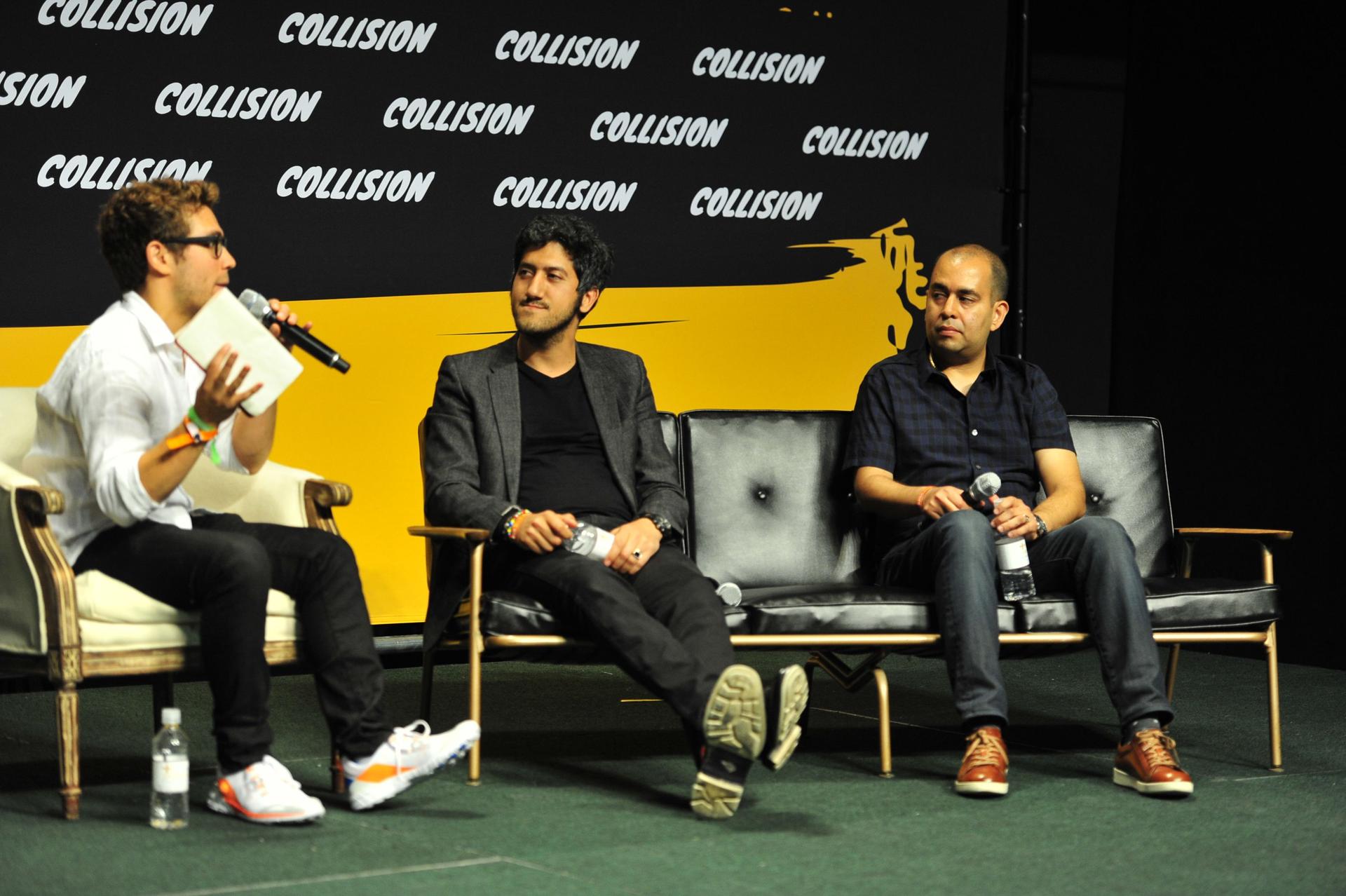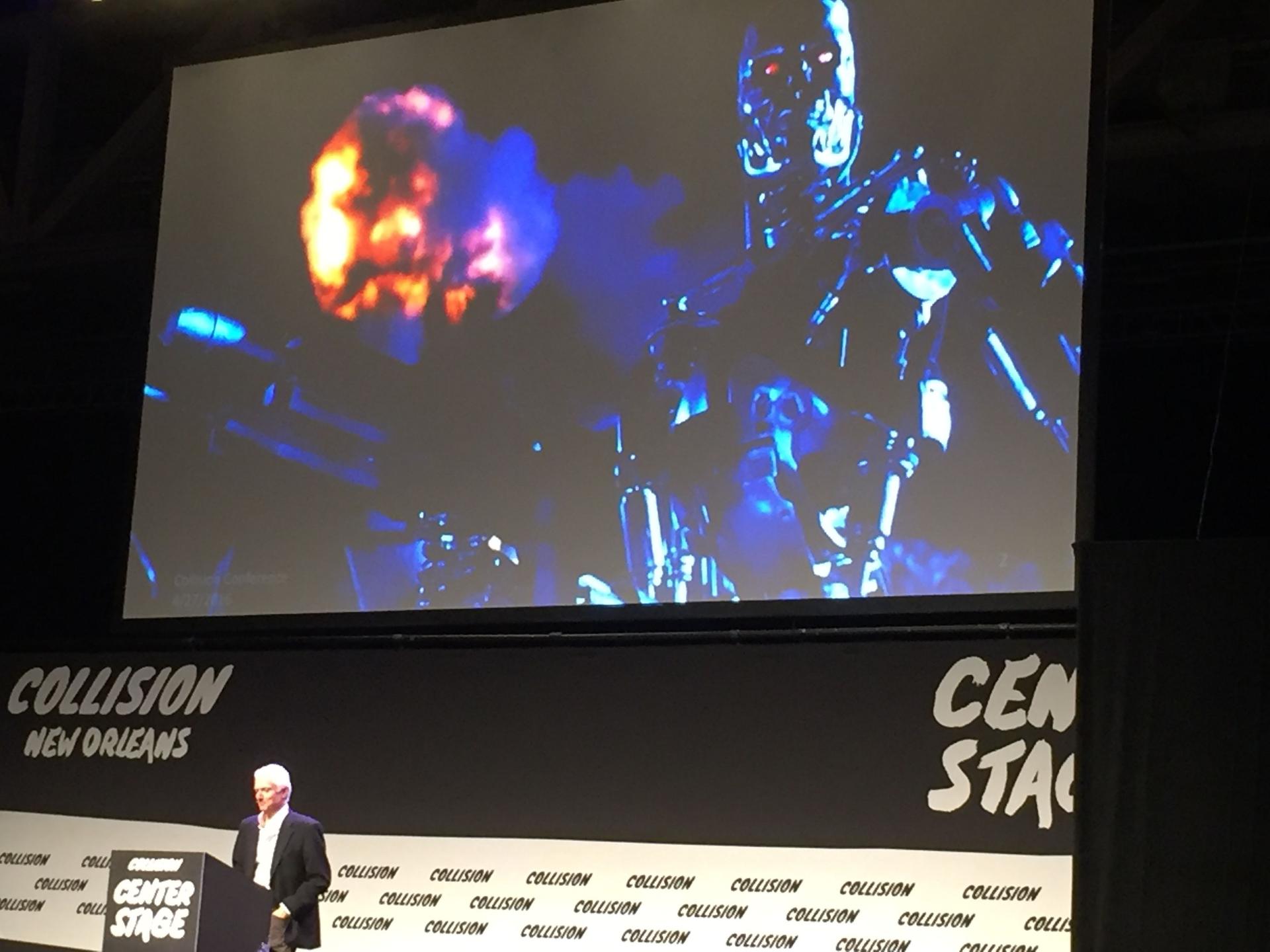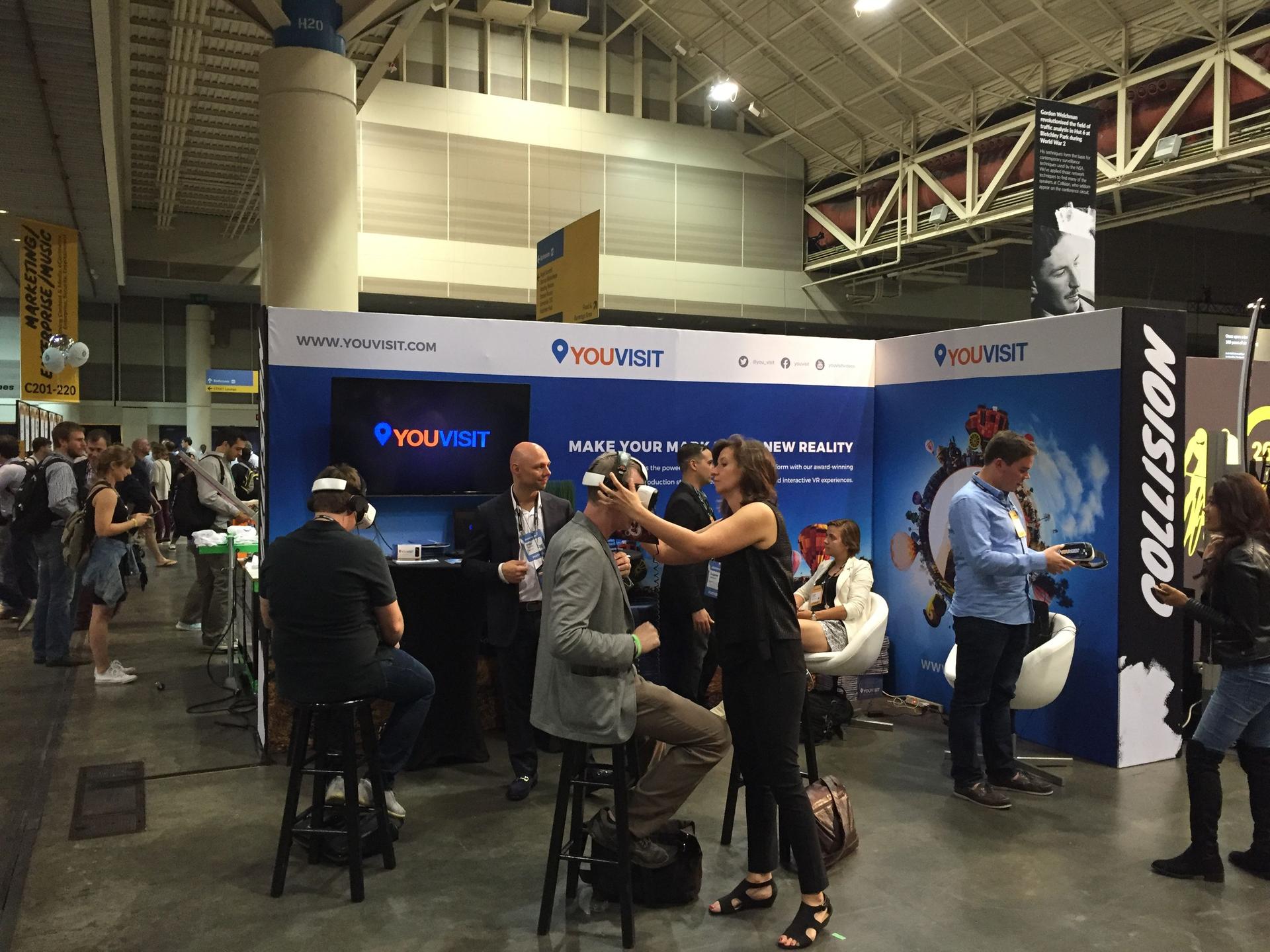The Future of Marketing Is Immersive, Automated, Platformed
Published on April 29, 2016/Last edited on April 29, 2016/7 min read


Todd Grennan
Content Production Principal, Content Marketing at BrazeWe’re entering a new and uncertain world.
Less than ten years after the introduction of the very first iPhone kicked off a mobile-driven revolution—disrupting long-established industries, changing customer behavior and expectations, and fundamentally reshaping day-to-day life for billions of people all over the world—there’s a pervasive sense that we’re on the verge of something very big, another major reshaping of the way we live driven by emerging technology and business trends.
This week, an estimated 11,000 people descended on New Orleans for the third annual Collision Conference. At the event, which focuses heavily on the intersections between the technology space and established industries like media, finance, and sports, the same topics kept surfacing. In panel after panel, in shared cabs and crowded bars and lines for the bathroom, three predictions for the future seemed to be on everybody’s minds.
Here are the trends highlighted by thought leaders at Collision that marketers can think about preparing for:
The rising impact of the platform economy

(l–r:) Joe Lazauskas, Contently; Adam Singolda, Taboola; and Rahul Chopra, Storyful
In many ways, the platform economy is already here and already having a major impact. During the conference, Samantha Barry, CNN’s senior director of social news, walked attendees through the full scope of her brand’s ambitious customer engagement strategy, which includes news content custom-built for platforms like Snapchat, Instagram, and Facebook Messenger. By embracing a multi-platform approach, CNN has been able to reach a vast audience beyond its proprietary channel, app, and website, with the aim of making it easier to encourage each user to consistently engage with its content in a context that makes sense for them.
However, Facebook’s recent announcement that it will support third-party chatbots on its Facebook Messenger platform, potentially incentivizing brands to migrate their customer service, ecommerce, and other central customer engagement functions to that Facebook-controlled environment, has fed into a growing perception that it and other platform brands are on the verge of becoming even more dominant.
Partnering with a platform brand gives companies the ability to reach far more current and potential customers—as The Onion’s Rick Hamman put it, “There are media companies that are obsessed with Facebook, and then there are unsucessful media companies.” But it also means making a major investment of time and resources in an environment that you lack any real control over. “If you build a business on somebody else’s platform,” Neil Vogel, CEO of About.com, said, “ultimately they don’t have your best interests at heart; they have their best interests at heart.”
To manage the risks and rewards associated with taking advantage of another company’s platform, speaker agreed, the key is balance. Facebook and other platforms have such significant audiences (including 900 million monthly active users on Facebook Messenger alone) that most brands will want to engage with them in some way, but while making sure that marketing efforts aren’t wholly reliant on any one platform. “Over time, if you’re not building a relationship when you can email them to come back,” Taboola founder and CEO Adam Singolda argued, “… eventually I think you’re going to go out of business.”
Machine intelligence and the next stages of automation

Stanford University’s Jerry Kaplan talks AI
Automation has been a major driver of industry disruption and economic growth since the industrial revolution. But while popular depictions of automation have focused on factory robots and other industrial uses for technology, the rise of machine intelligence (also known as artificial intelligence or AI) has begun to make it possible for brands to take advantage of automation to improve the reach and effectiveness of their marketing.
When brands use send-time optimization powered by machine intelligence, they’re not just significantly increasing the odds that the messages they send are received by customers at their peak time for engagement—they’re also increasing conversions associated with those messages by up to 38%. And for brands that take Facebook up on its offer to host chatbots on Messenger, automation will make it possible to reach and engage comprehensively with more members of their audience, potentially without scaling up the size of their staff.
But while machine intelligence and increased automation have the potential to save brands significant amounts of money while making their customer outreach and engagement efforts more effective, that potential will only be reached by companies that combine investment in this area with thoughtful human oversight. “There needs to be a mix of technology and humans,” Storyful CEO Rahul Chopra said, regarding the increasing impact of automated content curation in today’s media platforms. “Algorithms only take you so far.”
Machines are, after all, great at machine learning, but not so great at creativity.
The rise of immersive technologies

Virtual reality demonstrations at Collision Conference 2016
Virtual and augmented reality have been on brands’ radars for a number of years, dating back to the withdrawal of Google Glass and the ill-fated 1995 launch of Nintendo’s Virtual Boy, respectively. But there’s a growing sense that this technology’s time has finally come, spurred on by Facebook’s 2014 purchase of virtual reality firm Oculus and the nearly $800 million raised earlier this year by augmented reality pioneer Magic Leap.
If augmented and virtual reality are able to make the jump from science fiction dreams to mass-market consumer products, a whole new world of marketing possibilities opens up. Selling customers on travel packages by allowing them to virtually experience their itinerary before they book. Promoting new movies with augmented reality experiences. These kinds of deeply immersive experiences could make it easier for brands to demonstrate the value that they can provide and have the potential to deepen current customers’ engagement with your brand, too (like a virtual car owner’s manual that also tells you when it’s time for a tune-up).
But while brands that take advantage of virtual and augmented reality could potentially see major benefits, simply taking your current messaging and video strategy and translating it to these new formats isn’t likely to succeed. “Not everything should be VR,” said Marc Battaglia, creative director for global creative and content marketing at Marriott International, while discussing his company’s two recent virtual reality projects. He argued that the technology only makes sense when it take customers “places they normally couldn’t go.” Brands that prepare for the rise of augmented and virtual reality by thinking through how their brand promise and story can be supported by these sorts of immersive experiences are going to have a major advantage when it comes time to leverage these emerging technologies to build stronger customer relationships.
What to do about it
When we talk about the future of marketing, of course we’re always talking about something that hasn’t happened yet, something that might well fail to play out the way we currently predict or expect. It’s possible—though perhaps unlikely—that virtual and augmented reality will fail to catch on, automation trends will slow down, and that some new technology or factor will arrive on the scene that renders the platform economy unimportant.But brands that fail to take stock of the emerging landscape and make preparations are effectively betting that things will stay just as they are today. And if history tells us anything, that’s a loser’s bet. What brands can do to stay ahead of the game is continue to focus on connecting with and retaining their customers, so when these trends do change the marketing landscape, customers are ready and excited to engage in new ways with the brands they love.
Releated Content
View the Blog
The new inbox reality: How iOS changes are reshaping email marketing

Aparna Prasad

Experience optimization: Turning data insights into better journeys

Team Braze

December 2025 Bonfire Marketer of the Month: Jagex’s Emma Oliver
